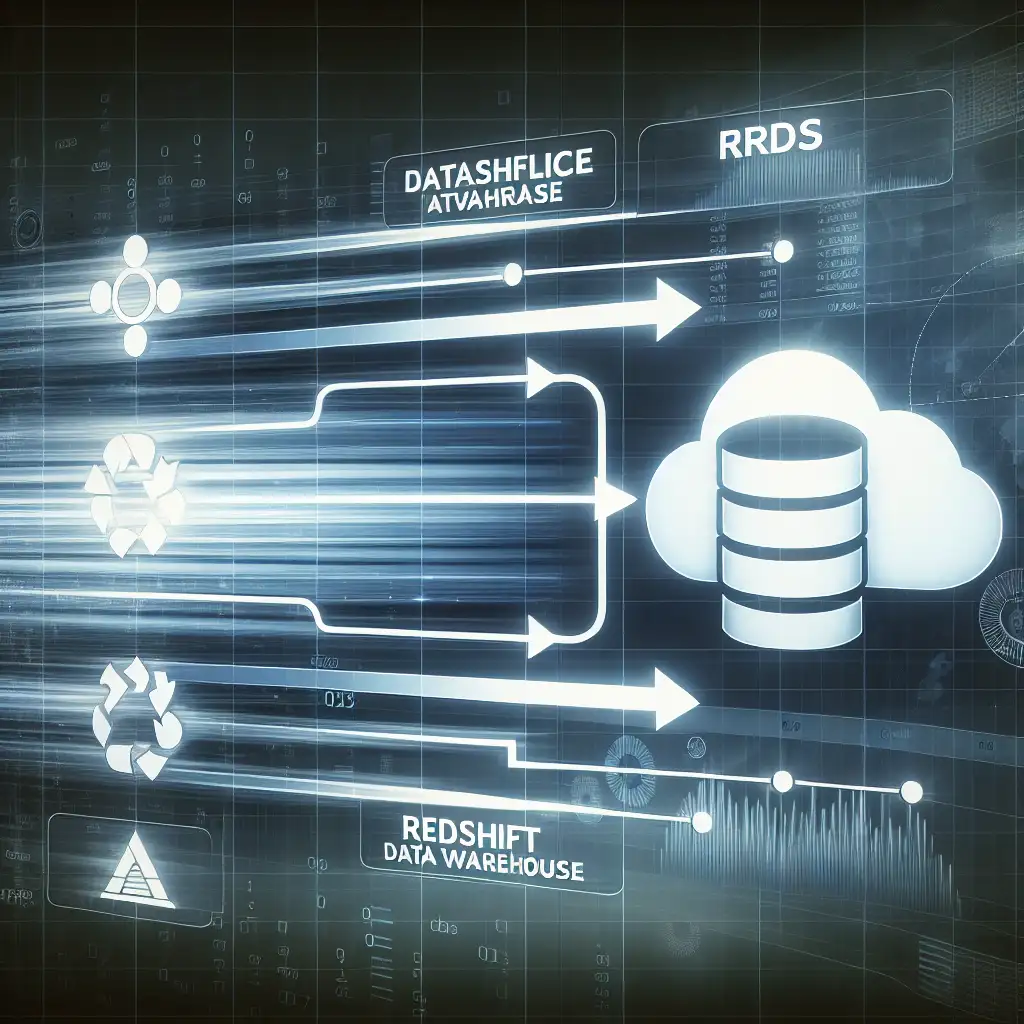Seamless Data Migration: How to Efficiently Replicate RDS to Redshift for Analytics
In today’s data-driven landscape, gaining timely insights is more crucial than ever. If your operational data lives in Amazon RDS but your analytics happens in Amazon Redshift, you might be facing delays, complex ETL processes, or challenges ensuring data consistency. Moving data from RDS to Redshift efficiently enables organizations to leverage powerful analytical tools without disrupting operational databases, unlocking high-impact business intelligence with minimal latency.
Forget bulky ETL pipelines and downtime. In this post, I’ll share practical ways to keep your RDS and Redshift in sync effortlessly, so your analytics are close to real-time and reliable.
Why Replicate Data from RDS to Redshift?
RDS is excellent for transaction processing — running applications, storing customer data, managing inventory — but it’s not built for large-scale analytics. Redshift shines here because it’s designed for fast querying across massive datasets.
Sending data from RDS straight into Redshift means:
- Offloading analytical queries—protecting RDS from heavy read loads.
- Near real-time reporting—enabling faster decisions.
- Simplified architecture—less manual ETL work and lower latency.
But the challenge is how to replicate data seamlessly without costly batch jobs or downtime.
Common Approaches and Their Downsides
-
Full batch ETL
- Export data as CSVs or dumps
- Load into Redshift with
COPYcommands - Downside: Disk IO heavy, slow turnaround, potential stale data.
-
Scheduled incremental extraction
- Run SQL queries comparing timestamps or IDs
- Insert new/updated rows periodically
- Downside: Complexity grows with change tracking logic; still not real-time.
-
Direct queries from Redshift on RDS via federated queries
- Allows querying live transactional DBs without copying data
- Downside: Latency is higher; can hammer production DB.
Modern Efficient Replication: Logical Replication + AWS DMS (or CDC Tools)
The winning strategy is Change Data Capture (CDC) — capturing only changes (inserts/updates/deletes) in RDS and pushing them continuously into Redshift.
What is CDC?
Instead of transferring entire tables repeatedly, CDC picks up just the delta changes since the last sync — dramatically reducing load and latency.
Option 1: AWS Database Migration Service (DMS)
AWS DMS supports continuous replication using CDC:
- Supports sources including PostgreSQL and MySQL on Amazon RDS.
- Streams changes continuously.
- Load into targets such as Amazon Redshift.
How It Works:
- Enable logical replication on your source RDS instance (e.g., PostgreSQL)
- Set up an AWS DMS task with:
- Source endpoint pointing to RDS.
- Target endpoint pointing to your Redshift cluster.
- Configure a CDC migration type task:
- First performs a full load,
- Then applies only changes ongoing afterward.
- Start the task; DMS streams changed rows as they happen.
Pros:
- Minimal setup; managed service reduces operational overhead.
- Near real-time syncing (typically seconds behind).
- Handles schema evolution reasonably well.
Example Setup for PostgreSQL:
-- On RDS PostgreSQL parameter group:
rds.logical_replication = 1
-- Grant replication privileges:
CREATE USER dms_user WITH REPLICATION PASSWORD 'your_password';
Configure security groups so DMS can access RDS and Redshift clusters.
In the DMS console:
- Create source endpoint: Provide connection details for RDS PostgreSQL.
- Create target endpoint: Provide Redshift credentials.
- Create replication instance.
- Create migration task with CDC enabled.
Option 2: Open Source & Third-party CDC Tools
If you prefer more control or multi-cloud support:
-
Debezium + Kafka Connect with Redshift Sink Connector
Run a Debezium connector against your PostgreSQL or MySQL RDS instance (requires logical decoding enabled). Changes stream into Kafka and then get pushed into Redshift, maintaining near real-time synchronization. -
Airbyte, Fivetran, or Matillion
These offer CDC connectors that simplify syncing RDS to Redshift with user-friendly UIs and managed infrastructure but might come at additional costs or complexity depending on setup size.
Tips for Success When Replicating RDS → Redshift
-
Schema Synchronization:
Keep your analytical schema optimized for columnar storage and denormalized if possible — Don’t simply mirror OLTP schemas verbatim into Redshift. -
Primary Keys & Timestamps:
Ensure tables have reliable primary keys plus timestamps or change-tracking columns for conflict detection and replay logic downstream. -
Handle Deletes Upfront:
Decide how you want deletes reflected in analytics — actual deletes, logical deletes (is_deletedflags), or historical auditing? -
Optimize Batch Commit Size:
Whether using DMS or other tools, adjust batch sizes and commit intervals carefully — too big can cause lag, too small might cause overhead. -
Monitor Latency & Errors:
Set CloudWatch alarms on replication lag metrics and troubleshoot errors promptly—for example network latency issues between VPCs can cause delays. -
Test at Scale:
Start with a subset of critical tables before going full production deployment so catch schema mismatches early.
Example Minimal Workflow Recap Using AWS DMS (PostgreSQL → Redshift)
| Step | Action |
|---|---|
| 1 | Enable logical replication in PostgreSQL |
| 2 | Create replication user on PostgreSQL |
| 3 | Launch AWS DMS replication instance |
| 4 | Define source (PostgreSQL) & target (Redshift) endpoints |
| 5 | Create migration task with CDC enabled |
| 6 | Start migration task |
| 7 | Verify incremental updates streamed correctly |
Your analytics team now gets near real-time access to transactional data without any disruption!
Wrapping Up
Getting reliable analytics means moving beyond clunky batch jobs towards seamless replication that keeps your operational database humming while feeding your data warehouse continuously.
With AWS DMS Change Data Capture features—or equivalent CDC tools—you can easily replicate changes from Amazon RDS into Amazon Redshift in near real-time — shrinking analysis cycles and empowering smarter decisions faster than ever before.
If you haven’t tried this yet, start small today by enabling logical replication on your source DB, spinning up a quick AWS DMS task, then watch how effortlessly your analytics come alive!
Have questions about setting this up or want an example walkthrough? Drop a comment below—I’d love to help!
